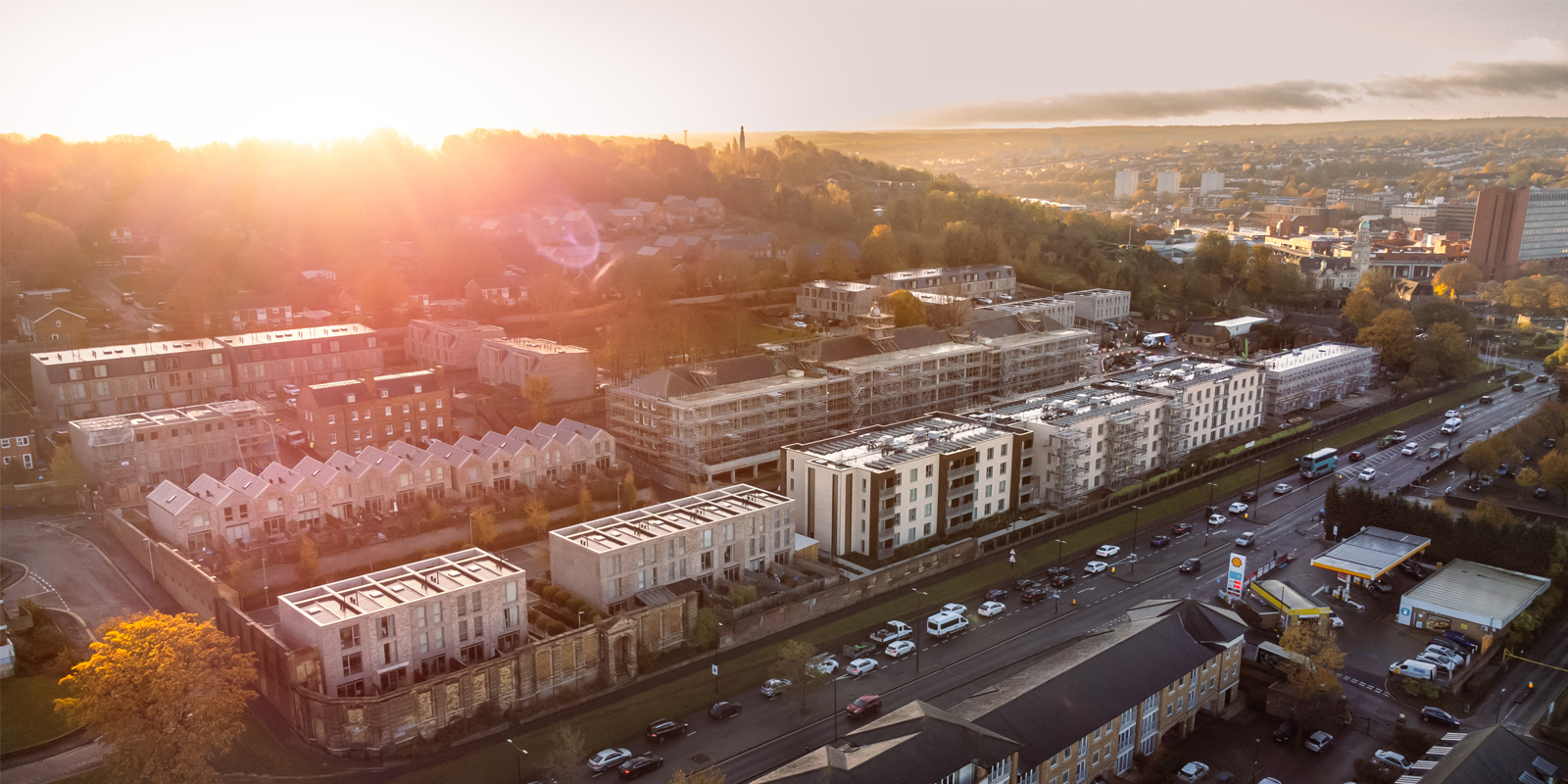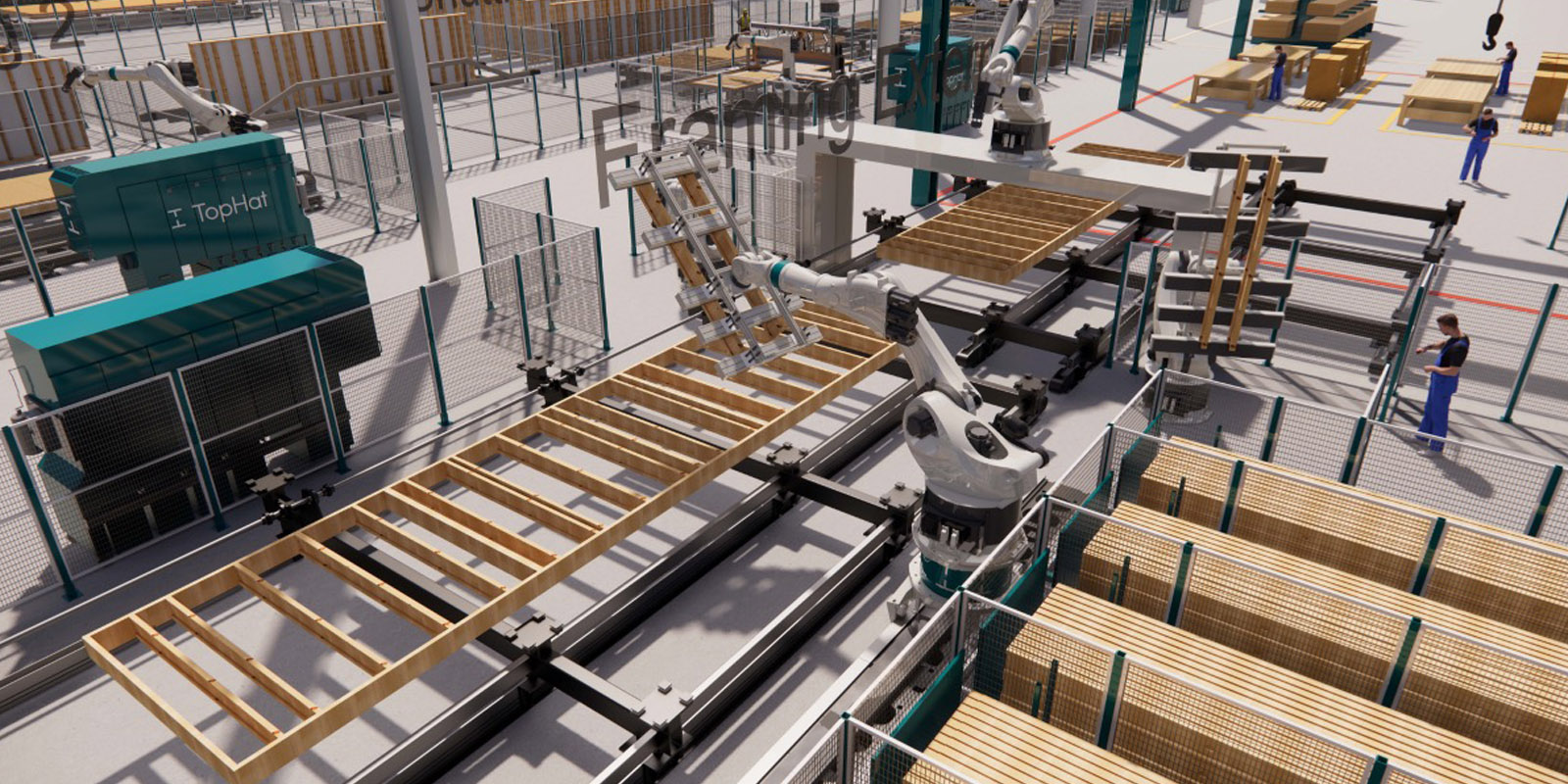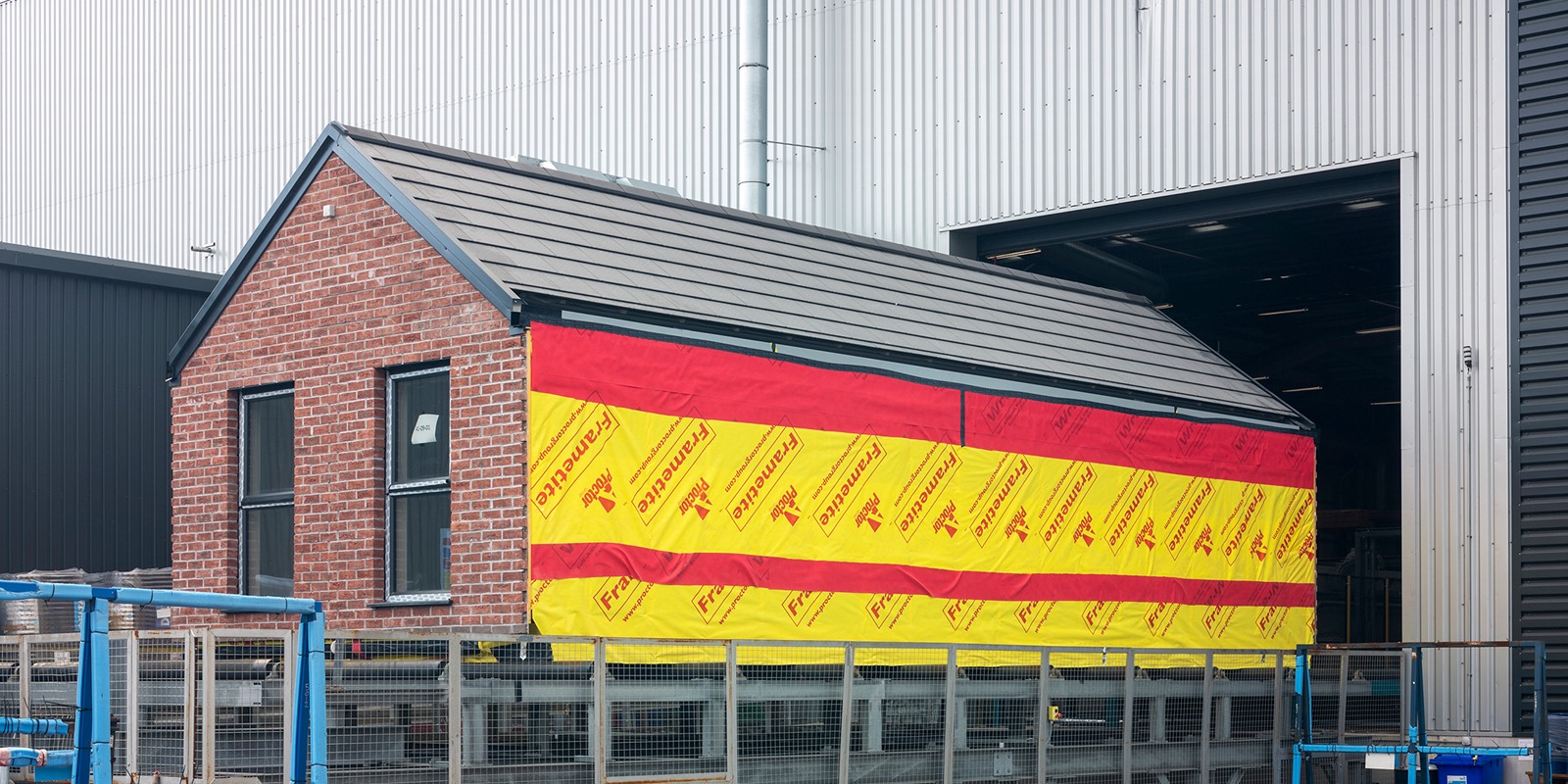
Company news
TopHat has appointed Airbus’ vice president of digital transformation, Matthew Evans, to become the company’s chief technology officer – a role which will see him lead on TopHat’s ambition to revolutionise housing delivery across the UK.
Evans will take charge of TopHat’s digital strategy and will be a key figure in integrating new technology into the company’s manufacturing process to deliver well-designed, energy-efficient housing for private developers, housing associations and local councils.
Evans, who possesses a doctoral degree in theoretical physics from the Massachusetts Institute of Technology (MIT), has 15 years’ experience working for some of the world’s biggest companies, including Lockheed Martin and Siemens, focussing on leveraging emerging technologies to create new products, services and market opportunities. In his new role, Evans will take a data-led approach to improve TopHat’s processes across the full lifecycle of each home’s creation, from its design and production through delivery and support.
TopHat’s technology-driven design and production process allows data to be collected from heating, electrical, and other home systems. This real-time insight can help occupants control their energy use and make home maintenance quicker and easier by, for example, instantly diagnosing a faulty circuit.
In his role at Airbus, Evans was responsible for helping to create the revolutionary Skywise platform that is saving the aviation industry billions of pounds a year. Skywise was launched in 2017 and is now used globally by over 100 airlines representing 40% of the world’s commercial aircraft.
It is designed to bring together the data needed to keep planes moving and minimise delays, which cost the industry $50 billion each year.It combines data that was previously fragmented across multiple companies, such as airlines, airports, baggage companies, and manufacturers. Skywise applications use machine learning and AI to predict when an aircraft’s parts will need to be replaced or repaired, before they fail and cause a delay to the aircraft’s schedule. The platform is also used to model the impact of events such storms and reroute aircraft to minimise delays and missed passenger connections.
According to the latest official figures, 243,000 homes were delivered in the UK last year – almost 60,000 short of the Government’s target to build 300,000 new homes each year. COVID-19, and the social distancing guidelines that stopped work on site for a number of weeks in April and May, is likely to increase this shortfall even further. In addition, the UK’s existing housing stock remains one of the most polluting parts of the UK’s economy.
14%
of total UK emissions comes from energy use in homes – such as utilities like heating and electricity as estimated by the Committee on Climate Change estimates
51%
of new-build buyers have experienced major problems with their properties since moving in according to a 2017 survey from housing charity Shelter

Company news

Company news

Company news